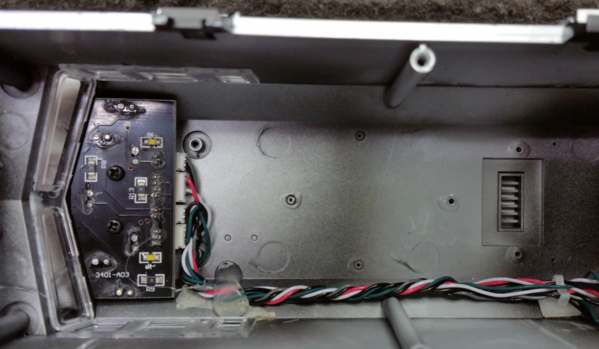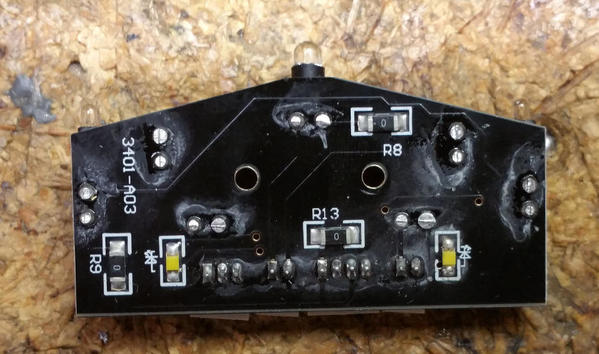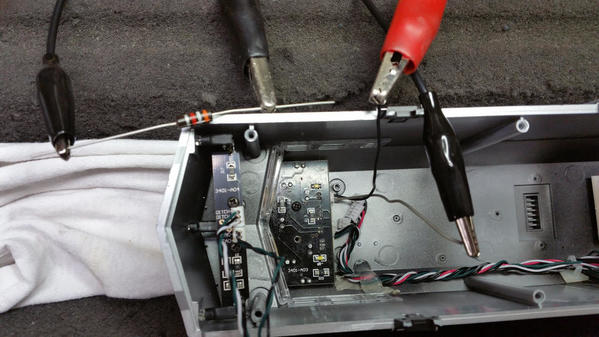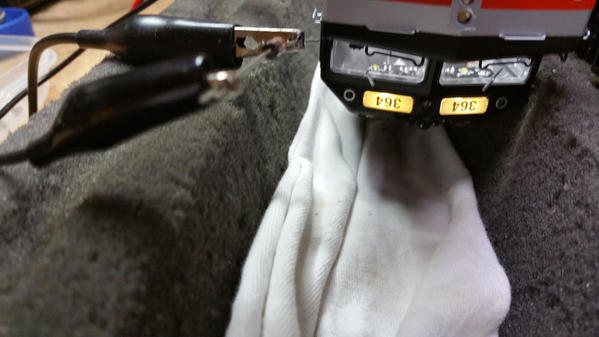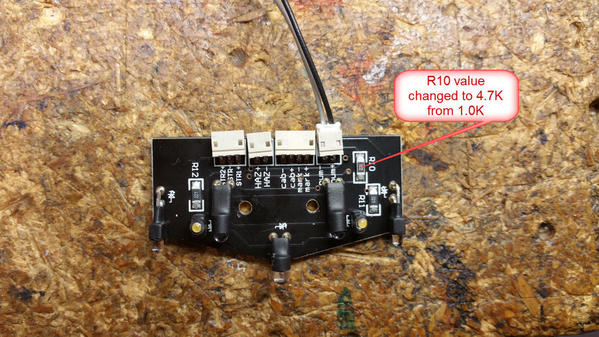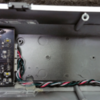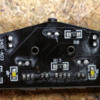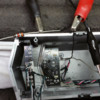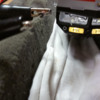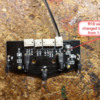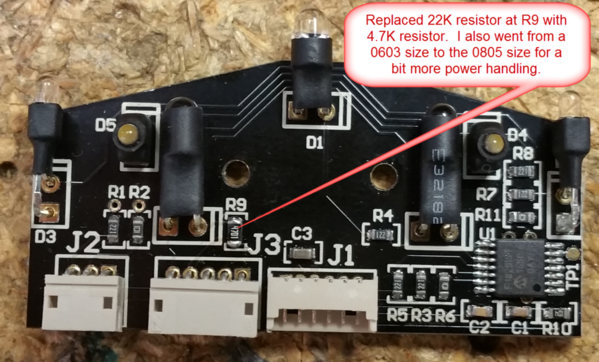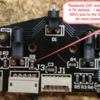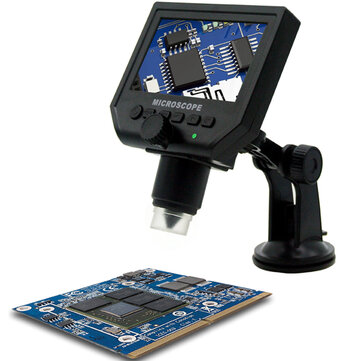After some discussions with Lionel about the wild difference in the brightness of the number boards in the powered and Cabbage units, we all came to agreement that the powered unit was probably too bright vs. the Cabbage unit being too dim. After Jon Z. pointed the way, I decided to take a look and see if that could be rectified.
First off, after open the shell, I was pleased to see that the wiring fix was obviously applied. The lighting board wires are out of the line of fire of the flywheel, that's a good thing. ![]()
When I got the lighting board out, I could see a lot of residue left from the board manufacturing, so I cleaned that off, it's probably my OCD nature. ![]() Since it was only the thru-hole components, I suspect those were hand-soldered, all the surface mount was clean.
Since it was only the thru-hole components, I suspect those were hand-soldered, all the surface mount was clean.
A lot of lights on this board, the cab lights can be seen on the bottom, and there are seven LED's on the top.
I grabbed the resistor drawer and started trying some values. I have all the electronics disconnected, and I'm just using on little 1.5mm connector with the leads to the connector for the number boards. 3.9K looked pretty good, it achieved the result I was looking for. Since that's in series with the 1.0K, that's 4.9K to do the trick. I didn't have 4.9K, but I do have 4.7K, close enough.
Here's the brightness level now, much better!
I don't have an "after fix" photo, but it's hard to tell the difference. You'd just see a 4.7K resistor in place of R10 that is now a 1.0K resistor. Popped it all back together and it looks much better now. You do have to be careful as there are still some wires that could be pinched putting the shell on, that would doubtless spoil your whole day.
I hasten to add, this is not a repair for the novice. Nothing especially difficult, but I wouldn't want to be put in the position of recommending something and having you cook an expensive board.




